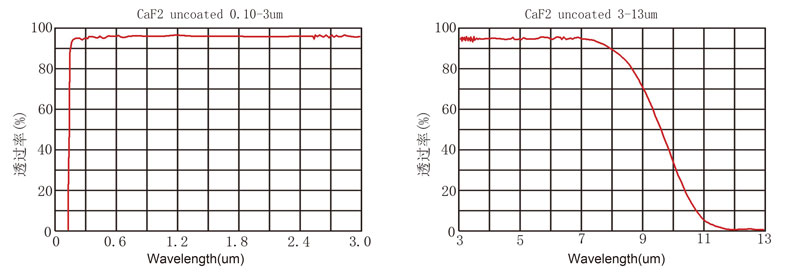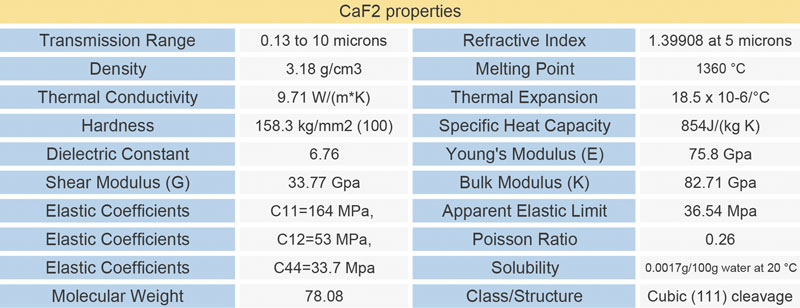The use of carbon fiber reinforced plastic (CFRP) for light weight products can be greatly improved. In addition to a significant reduction in weight – even up to 40% less weight than aluminum, which is already very light – CFRP parts are stronger and harder. CFRP significantly eliminates mechanical vibration and reduces the size and quality of components. These can significantly improve the performance of aircraft and cars.
It's no wonder that the percentage of CFRP has grown steadily in the aviation industry; in 1993, less than 5% of CFRP was used in the construction of the A310; it was 25% when the A380 was produced today. This reduces the weight by approximately 15 tons. By 2012, more than 50% of carbon fiber materials will be used in the production of the A350. Only in this way, by 2020, the airline's fuel consumption per kilometer and fuel consumption will be reduced by 50%, and CO2 emissions will be reduced by about 80%.
However, during machining, hard carbon fibers can cause extremely high abrasive wear on the cutting edge, which requires the highest hardness of the cutting material and coating. In addition, the fibers must be separated so that they do not produce very weak and thermally sensitive resin-based composites. Therefore, the focus of developing machine tools must be clearly placed on improving productivity. These include feed rates and tool life, as well as high quality requirements.
The extensive use of diamond coatings for industrial production is built on the customer's and specific applications, as each tool manufacturer has its own specific requirements for the performance of its tools. The required tool life or feed rate can only be achieved with a high quality and perfectly suited diamond coating. In some applications, performance is likely to increase by more than 500% in some applications compared to uncoated tools. For example, using an uncoated tool to drill 90 holes has a huge impact on the performance of the coating compared to drilling 500 holes with a coated tool without failure. The use of diamond coatings, even the high tolerances of the H8 class required by aircraft manufacturers, can be achieved.
Multi-layer diamond coating combines diamond coatings with different characteristics and different structures into one integral unit that is inseparable. They are pre-set for processing CFRP and other composite materials and sandwich materials, all of which have a tendency to stick or precipitate easily. The best film stress conditions and good adhesion are another advantage besides being extremely hard, which guarantees a long service life for multilayer diamond coatings.
As one of the leaders in the field of PVD and CVD diamond coatings, CemeCon has the world's largest coating center in Germany, where it operates nearly 50 coating plants. In addition to Germany, the company has subsidiaries in the United States, Denmark, the Czech Republic and China. A variety of diamond coatings including CCDia8, CCDia HiCo, CCDia FiberSpeed ​​and CCDia MultiSpeed ​​are available.
Diamond coating is the ideal coating for well-developed drilling or milling tools, so it is an important part of the complete “tool†concept. Or in other words: "Diamond coating is the best friend of the aircraft manufacturer."
Calcium Fluoride Plano-Convex Lenses are ideal for demanding applications that require superior performance from the ultraviolet through the mid-wave infrared spectra.Calcium Fluoride PCX Lenses` low refractive index, high laser damage threshold, and low axial and radial-stress birefringence are highly suitable for use with Excimer lasers or for integration into infrared systems. Additionally, calcium fluoride features low solubility and offers superior hardness to comparable fluoride-based substrates, making these PCX lenses capable of withstanding harsh environments and exposure to the elements.
We offers high precision and quality caf2 Lens and windows with cost-benefit price as well as stable supply ability. Dimensions and shape depends on your project. Meanwhile, experienced engineer could advise you professional advices according to your applications, drawing is aslo available.


| CaF2 lens and windows specifications: | ||
| Standard precision | High-precision | |
| Dimension Tolerance | φ5-150mm+0/-0.2 | φ3-200mm+0/-0.2 |
| Thickness Tolerance | 1-50mm+/-0.1 | 1-50mm+/-0.05 |
| Parallelism | 1 arc minutes | 10 arc seconds |
| Surface Quality | 60/40 | 20/10 |
| Flatness | N<λ/2@633nm(at 50mm) | N<λ/10@633nm(at 50mm) |
| Clear Aperture | >90% | >95% |
| Chamfer | Protected <0.5mmx45deg | Protected <0.5mmx45deg |
Calcium Fluoride Lens,Calcium Fluoride Cylindric Lens,Calcium Fluoride Pcx Cylinder Lens,Calcium Fluoride Aspheric Lens
China Star Optics Technology Co.,Ltd. , https://www.realpoooptics.com